Windrush Landing!
It was the morning of Tuesday, the 22nd of June, 1948. The ship, MV Empire Windrush, arrived at Tilbury Docks in Essex, officially carrying 492 Caribbean passengers from Kingston, Jamaica, who had made the decision to travel after having been promised a better and more prosperous life in the UK.
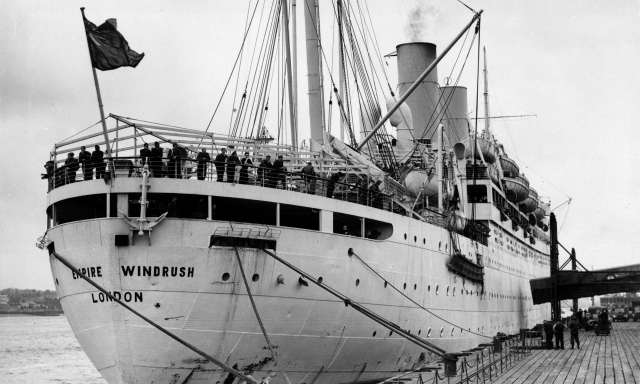
Windrush on its arrival on June 22, 1948. Photograph – Hulton Getty
The Windrush, originally en route from Australia to England, docked in Kingston to collect British servicemen. The ship still had a great deal of room remaining afterwards, and so the Daily Gleaner (now more commonly known as the Jamaica Gleaner) put out a last minute advertisement to anybody who wished to buy a ticket to travel on the ship.
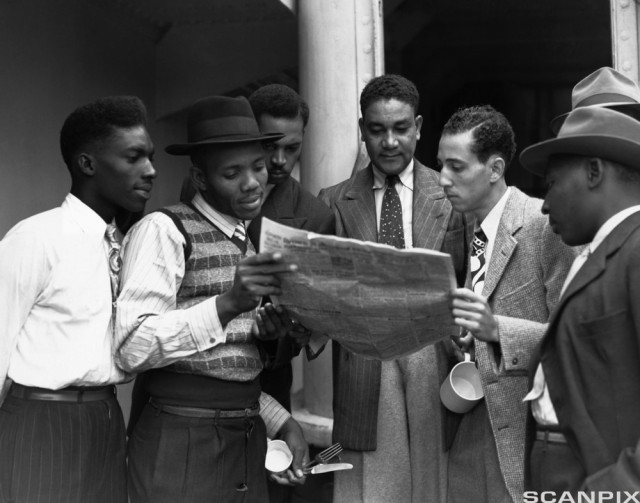
The earliest immigrants from Jamaica, pictured here reading a newspaper on the morning of their arrival in England on June 22, 1948 in Essex, UK. Image by © Hulton-Deutsch Collection/CORBIS
The cheapest tickets, which allowed travel on the troop deck, cost about £28, which would be the equivalent of about £934 today (inflation adjusted figure). With Jamaica being a part of the “Commonwealth”, the British Nationality Act of 1948 meant that all Jamaicans would have had the right to full British nationality and citizenship once they arrived in England. Despite most of the voyagers being from the island, there were others who hailed from neighbouring Caribbean countries too.
![c1333d1d38d7f10e9c696eec8e6d7c7b99fdd073[1]](https://everlivingroots.files.wordpress.com/2017/06/c1333d1d38d7f10e9c696eec8e6d7c7b99fdd0731.gif?w=640)
Advertisement from the Daily Gleaner
On this maiden journey of mass migration of West Indians to the UK were some very noteworthy passengers. Sam Beaver King, who was born in Portland, Jamaica in 1926, had previously served in the RAF in World War II, but after the war concluded, he was told by the British that there was no place for him in England, and he was ordered to return to Jamaica three years before the Windrush voyage. Following his second arrival in England, King went on to work tirelessly in the West Indian community in Britain; he assisted Claudia Jones in facilitating the running of the first ever Notting Hill Carnival in 1959 and the publication of the West Indian Gazette, and later became the first black Mayor of Southwark in 1983.
![SamKing(7)[1]](https://everlivingroots.files.wordpress.com/2017/06/sam20king2071.jpg?w=371&h=595)
The late Sam Beaver King (1926-2016)
Also on board the ship were the legendary calypso artists from Trinidad: Mona Baptiste, Lord Kitchener, Lord Beginner, and Lord Woodbine. Lord Woodbine is also regarded as the musical mentor of The Beatles, who were commonly known as Woodbine’s Boys in their early days, but unfortunately, his role in their rise to fame as been downplayed or simply disregarded throughout the course of history.
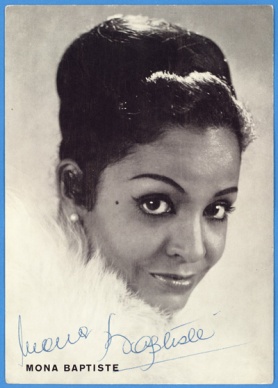
Mona Baptiste
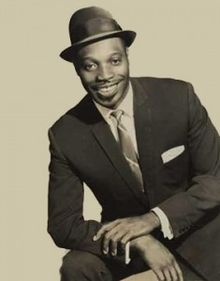
Lord Kitchener
![riddemrhyme-2[1]](https://everlivingroots.files.wordpress.com/2017/06/riddemrhyme-21.jpg?w=274&h=303)
Lord Beginner
![quarrymen[1]](https://everlivingroots.files.wordpress.com/2017/06/quarrymen1.jpg?w=640)
Lord Woodbine (third from left) pictured with The Beatles
Despite the government not being best pleased about the prospect of housing these immigrants, they opened up the war-time deep shelter in Clapham South as temporary accommodation for the hundreds of new arrivals, stationed only a mile away from the Employment Exchange service in Coldharbour Lane in Brixton, through which many found their first jobs on English soil. This provides just one historical explanation for the large Caribbean presence in South West London in areas like Brixton.
![image[1]](https://everlivingroots.files.wordpress.com/2017/06/image1.png?w=640)
Inside the air raid shelter at Clapham South
![JS113146486-nurses-who-saved-nhs-CULTURE-large_trans_NvBQzQNjv4Bqeo_i_u9APj8RuoebjoAHt0k9u7HhRJvuo-ZLenGRumA[1]](https://everlivingroots.files.wordpress.com/2017/06/js113146486-nurses-who-saved-nhs-culture-large_trans_nvbqzqnjv4bqeo_i_u9apj8ruoebjoaht0k9u7hhrjvuo-zlengruma1.jpg?w=640)
A selection of the black women who worked at the NHS in the Windrush years, pictured last year in front of statue of the famous Jamaican nurse, Mary Seacole
![7773f332c3a67920bedb8fc87bca73a0[1]](https://everlivingroots.files.wordpress.com/2017/06/7773f332c3a67920bedb8fc87bca73a01.jpg?w=640)
Four nurses working for the NHS
The West Indian people who first arrived at Tilbury Docks in great numbers on this day in 1948 were the first in the long line of those who helped reshape, influence, and improve the course of development and history in the UK.
As a black man who is a grandchild of some of the first Caribbean immigrants, I feel very proud of my people’s history and all they went through to pave the way for black people like me to navigate this space much more easily than they would have all those decades ago. They sowed the seeds of revolution and pushed for this country to acknowledge our civil rights. They broke down barriers and shattered colour bars.
They are worthy of all of our utmost respect, and on this 69th anniversary of the Windrush landing, I would like to use this opportunity to honour them appropriately!
Sources:
http://www.bankofengland.co.uk/education/Pages/resources/inflationtools/calculator/default.aspx
https://en.wikipedia.org/wiki/Lord_Woodbine
https://theguardian.com/uk-news/2016/jun/23/immigration-windrush-west-indians-jamaica-britain
https://en.wikipedia.org/wiki/MV_Empire_Windrush
rocknroll-schallplatten-forum.de/files/baptiste1_195.jpg
the-latest.com/sites/default/files/Sam%20King%20%287%29.jpg
upload.wikimedia.org/wikipedia/en/thumb/d/db/Lord_Kitchener_%28calypsonian%29.jpg/220px-Lord_Kitchener_%28calypsonian%29.jpg
caribbean-beat.com/wp-content/uploads/2010/11/riddemrhyme-2.jpg
bwalele.free.fr/Harold/quarrymen.jpg
media.timeout.com/images/103018454/image.jpg
telegraph.co.uk/content/dam/tv/2016/11/24/JS113146486-nurses-who-saved-nhs-CULTURE-large_trans_NvBQzQNjv4Bqeo_i_u9APj8RuoebjoAHt0k9u7HhRJvuo-ZLenGRumA.jpg
s-media-cache-ak0.pinimg.com/736x/77/73/f3/7773f332c3a67920bedb8fc87bca73a0.jpg
s-media-cache-ak0.pinimg.com/originals/c2/85/90/c28590fcc5cac3d24a2d48a711538304.jpg
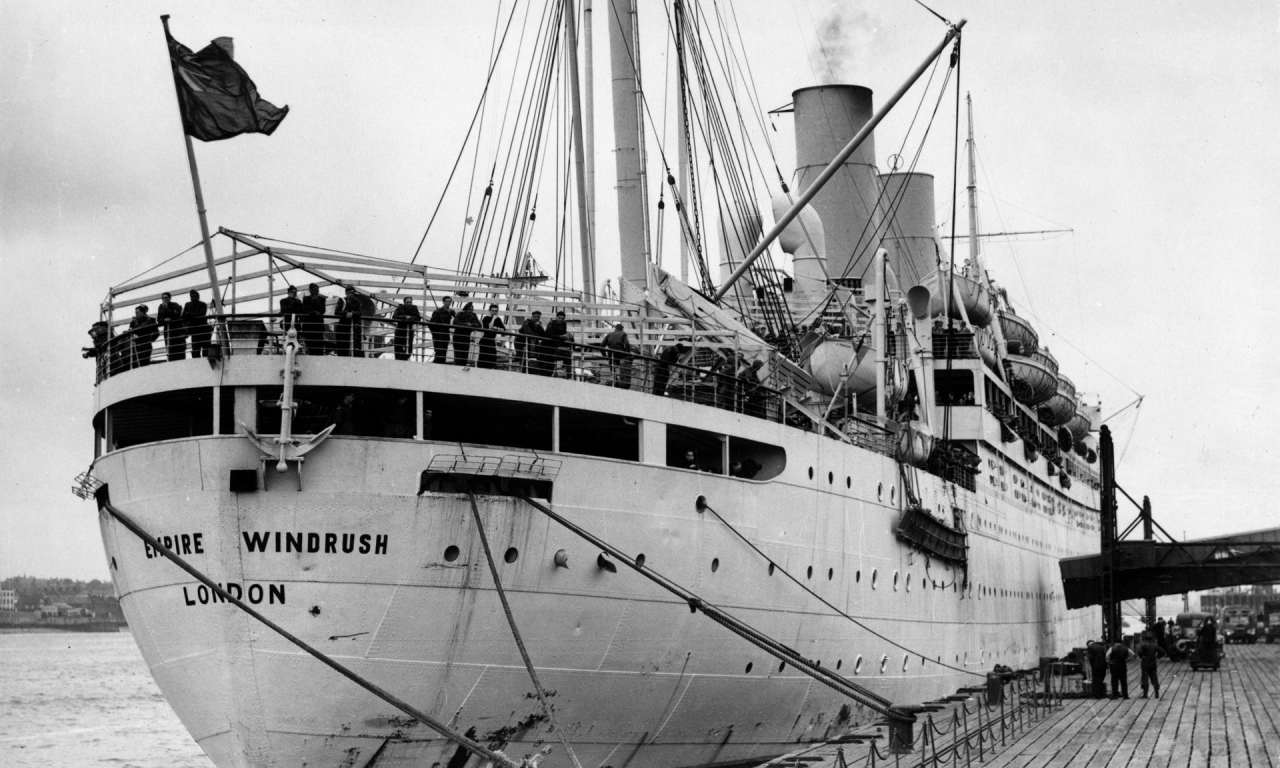
One thought on “ON THIS DAY IN 1948: Windrush Generation – The First Mass Movement of Caribbean People Arrived in the UK”